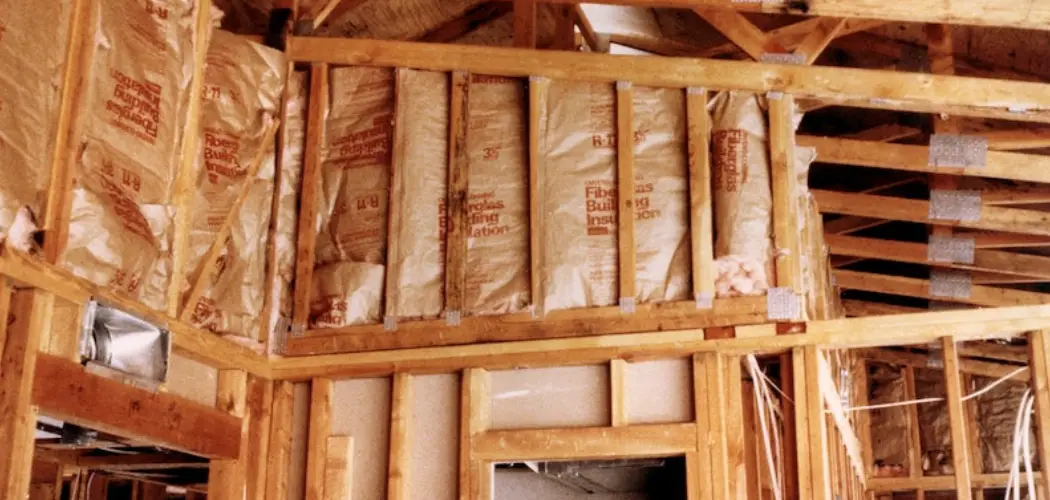Building a wall in the basement is an essential part of creating a safe and comfortable living space. Not only does it create privacy, but it also provides support for the ceiling and helps keep out moisture. Basement walls can be made from a variety of materials, including wood, drywall, or concrete block.
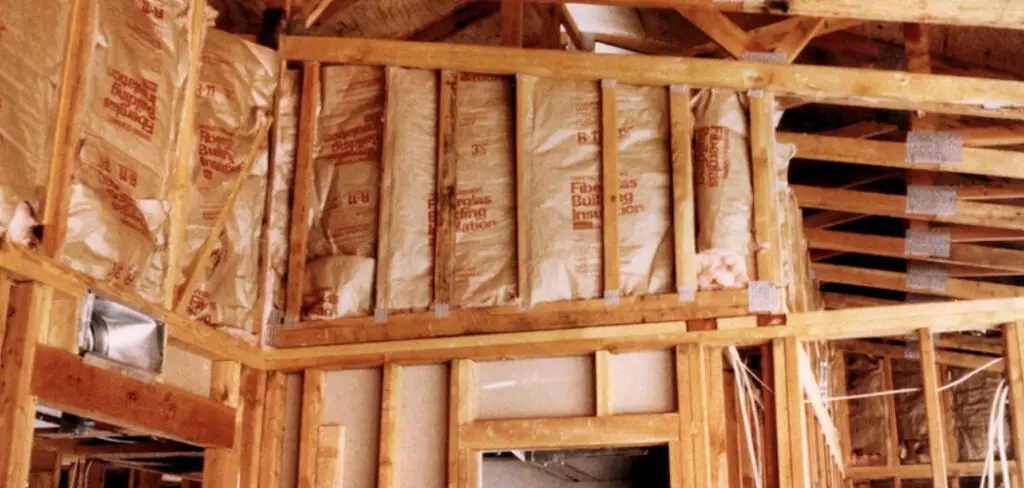
There are many advantages to building your own basement wall. Building a basement wall allows you to customize the look and feel of the wall and save money that would otherwise be spent on expensive contractors. Basement walls provide extra insulation for your home, reducing energy costs by trapping air inside while still allowing air circulation. In this blog post, You will learn how to build basement wall.
Step-by-Step Processes for How to Build Basement Wall
Step 1: Inspect the Basement
Inspect the basement to ensure it is structurally sound and determine how much space you have to work with. Measure the walls and floor of the basement in order to plan for a proper layout and design. Remove any existing wall paneling, wallpaper, or insulation from the walls, as these can be hazardous when adding new walls.
Step 2: Add Vapor Barrier and Insulation
If desired, add a vapor barrier to the basement walls before adding insulation. Make sure that the vapor barrier is properly sealed around all edges of the wall. To further reduce moisture buildup in the basement, add additional insulation.
Step 3: Frame Basement Walls
Framing the walls by constructing a wooden frame. Start with the top and bottom plates, then attach vertical studs to the wall every 16 inches. Install temporary supports or jack studs between walls to ensure stability on longer walls. Add electrical wiring for wall outlets and light fixtures to the frame if desired. Make sure that all wires are securely connected and properly labeled for future reference.
Step 4: Attach Sheetrock Panels
After the wiring is in place, attach drywall panels to the studs using screws or nails spaced 12 inches apart. Apply joint compound over all nails and screw heads for a smooth finish. If desired, install trim around the windows or doors to create a more finished look. Also, install window jambs to hold the drywall panels in place properly.
Step 5: Seal Drywall Seams
Once all drywall is installed, tape and joint compound seal all seams. Make sure that the tape is properly adhered to the wall in order to avoid any future issues. After the drywall is sealed, paint the walls with a primer coat followed by two finish coats. Allow ample drying time between coats for best results.
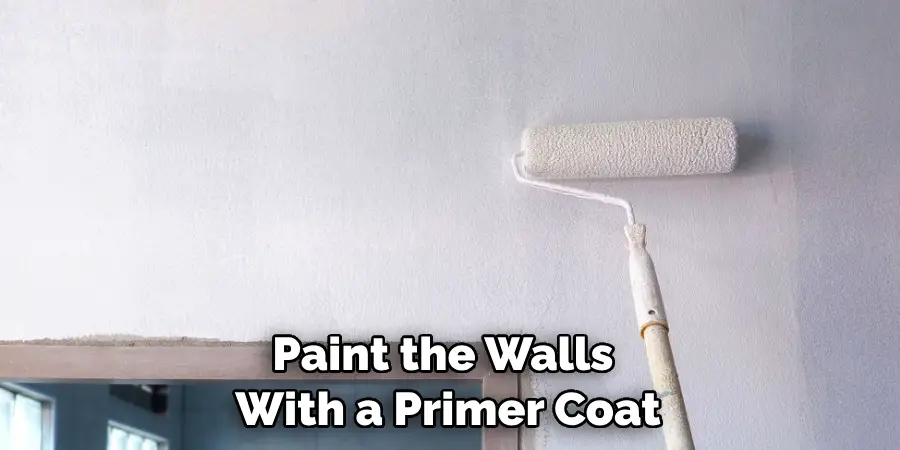
Step 6: Install Final Touches
Lastly, install any additional wall fixtures and accessories, such as light switches, outlets, or crown molding. Enjoy your newly finished basement. Follow these steps to complete a successful build of your basement wall. With the proper preparation and planning, you can quickly transform your basement into a beautiful space.
Safety Precautions for How to Build Basement Wall
- When handling materials, wear the necessary safety equipment, such as work gloves, eye protection, and a dust mask.
- Make sure to use the right tools for the job – having the correct tools will make your project much easier and safer.
- Make sure to take proper measurements before you begin construction on any wall or foundation.
- Check the space where you are building to ensure that there is adequate ventilation and lighting.
- Double-check all structural components for stability before beginning construction, as basement walls must be secure and supportive.
- Be sure to wear a back brace when lifting heavy materials such as framing lumber or concrete blocks – incorrect lifting can cause serious injury.
- If you are unsure about how to proceed with any step of the wall-building process, do not hesitate to call a professional for assistance. This will help ensure that your basement walls are constructed safely and correctly.
Following these safety precautions will help ensure that you have a successful experience when building basement walls.
How Long Does It Typically Take to Build a Basement Wall?
The amount of time it takes to build a basement wall depends on the size and complexity of the project. Generally, for a basic 8-foot, a non-load-bearing wall with 2×4 framing in an unfinished basement, a single person can complete the job in about four hours. However, larger projects may take much longer due to additional materials that may be required, additional complexity, and the amount of labor involved.
If you are planning on installing insulation or drywall to finish your basement walls, this will add considerably more time to the job. For a complete renovation project with finishing touches like insulation, taping, and painting, it could take up to two weeks or more, depending on the size of the project.
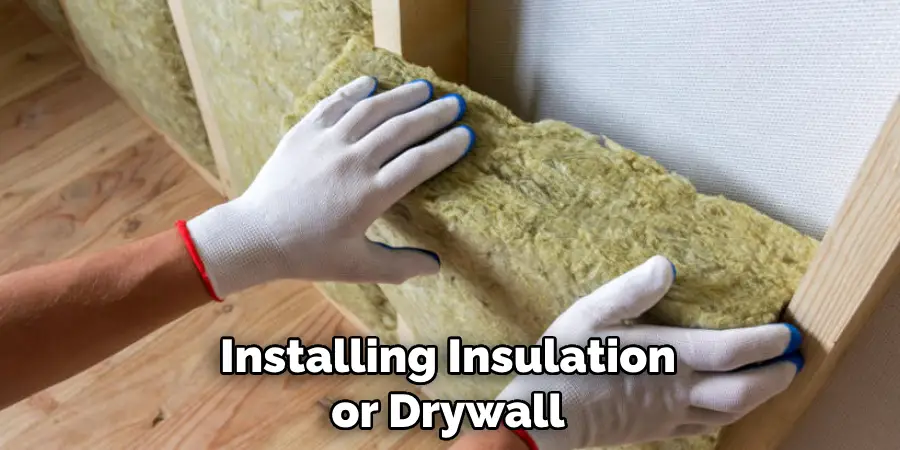
Is There Any Special Technique Needed to Build a Basement Wall Correctly?
Yes, there is. Building a basement wall properly requires you to follow specific techniques to ensure your home’s structural integrity and safety. Here are some of the steps involved in building a basement wall:
- Preparation: Before any construction can begin, you must first prepare the area where the basement wall will be constructed. This process includes removing debris, leveling the ground, and installing a vapor barrier to protect against moisture.
- Framing: Once the area is prepared, you can start framing your basement wall using wood studs or metal studs. If you are working with pre-fabricated panels instead of individual pieces of lumber, you should follow the manufacturer’s instructions for installation.
- Insulation: To ensure that your basement is well-insulated, use fiberglass batts or spray foam insulation to line the inside of the wall. This will help keep heated air in winter and cool air in summer, increasing energy efficiency and comfort levels in your home.
- Drywall: To finish the look of the wall, cover the insulation with drywall panels and apply joint compound to all seams and edges. Once this is done, you can paint or wallpaper your basement walls.
Following these steps will ensure that your basement wall is built correctly and safely. With proper construction, your basement wall can last many years.
Are There Any Common Mistakes to Be Aware of When Building a Basement Wall?
Building a basement wall is a great home improvement project, but it’s important to be aware of some common mistakes that people make. One of the most common mistakes is not accounting for any moisture problems in the space. Basements are particularly susceptible to water seepage, which can cause serious damage to the walls if not addressed.
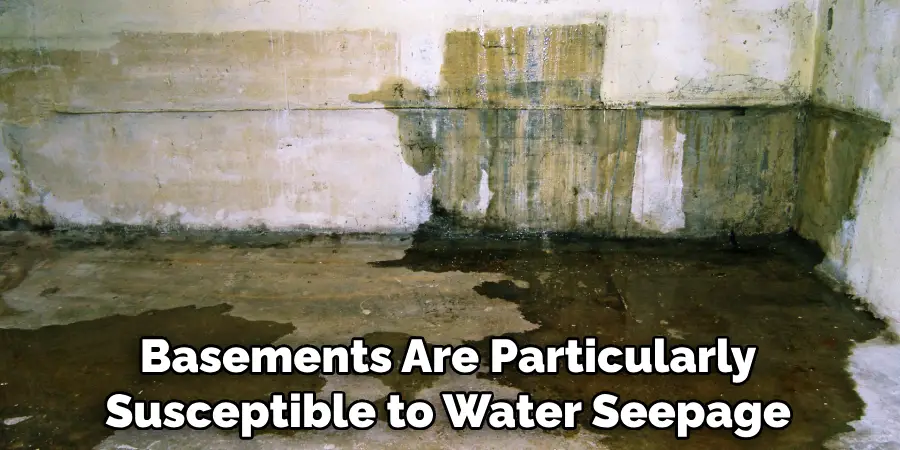
It’s important to either waterproof the walls or install a sump pump system before beginning construction. Another common mistake is not accounting for any existing load-bearing walls in the space. If you plan on building a new wall, it is essential to know where any existing load-bearing walls are located to be supported properly.
Before starting your project, check with a professional engineer or contractor to ensure that the existing load-bearing walls are properly supported. Lastly, using the correct materials when building a basement wall is important. Whether you use wood, metal, concrete blocks, or other materials, make sure they are appropriate for basement use and will withstand any moisture. Consider using waterproofing or mold-resistant materials for added protection.
Importance of How to Build Basement Wall
- Durability: Building basement walls correctly can ensure that your foundation is strong and durable, giving you peace of mind that the structure is safe and secure for years to come.
- Moisture Protection: A properly built wall can help protect your basement from moisture damage due to high groundwater levels or flooding. This ultimately protects the structural integrity of your foundation.
- Improved Comfort: A well-built basement wall can help improve the comfort level of your home by providing added insulation and keeping out cold drafts. This can create a more comfortable atmosphere for you and your family.
- Noise Reduction: Basement walls are designed to reduce noise pollution from outside sources, such as traffic, that can disturb your peace and quiet.
- Increased Home Value: A well-built basement wall is an attractive feature in the eyes of potential buyers. It provides a sense of security and peace of mind, which can increase the value of your property.
- Cost Savings: Building basement walls correctly can save you money in the long run. Properly constructed walls are more durable and require less maintenance, saving you money in the future.
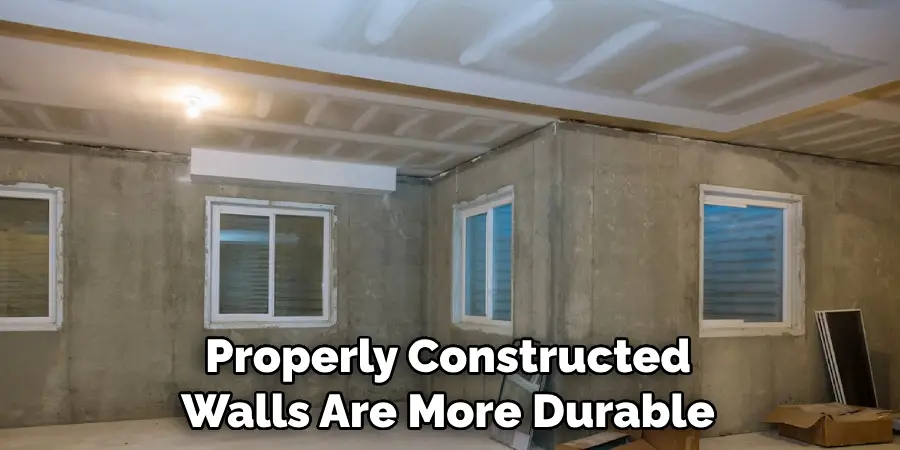
In conclusion, understanding to build basement walls is essential for any homeowner. It ensures that your foundation is strong and secure, protects against moisture damage, improves comfort levels, reduces noise pollution, increases home value, and saves money in the long run.
Conclusion
In conclusion, building a basement wall is an important task when it comes to constructing or renovating your home. The steps involved include outlining the existing layout, assembling support beams and studs, attaching the drywall and insulation, installing windows and doors, applying finishing touches, and protecting against moisture damage. You can create a secure, comfortable basement space with careful planning and attention to detail.
Make sure to consult a qualified professional if any of the work looks too challenging or lengthy, as this will help you create a safe and stable environment for your family. I hope this article has been beneficial for learning how to build basement wall. Make Sure the precautionary measures are followed chronologically.

